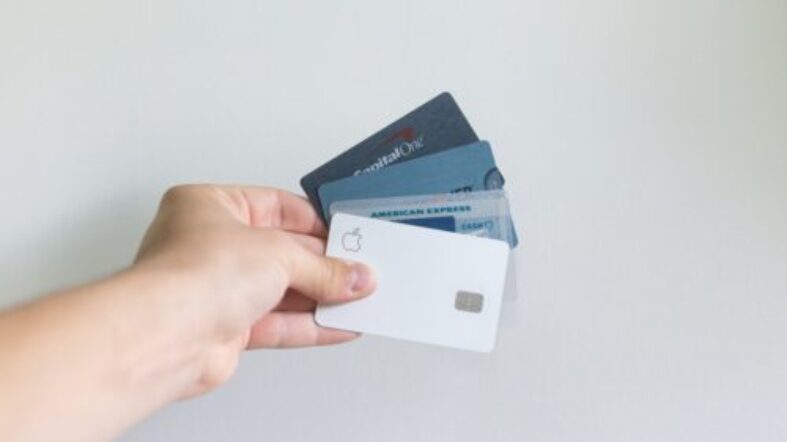The word budget strikes fear in the hearts of so many people, but all it is is an action plan that accounts for your money. Without a budget, you’re prone to wasting money on things you don’t need or can’t afford. However, with a budget, you can account for every penny in and out and factor in a bit of saving while you’re at it. It isn’t about limiting your freedom to spend, it’s about maximizing your spending. A budget is an intention for your money.
Zero-based budgeting
The purpose of zero-based budgeting is to keep track of every single penny, whether it’s going in or out of your account. The idea is that once you factor in your outgoings, you are at zero, but not literally! Unfortunately, we often underestimate just how much we spend and how much we need in order to live. The stress kicks in when the bills roll around.
Every dollar you earn is accounted for just as every expense is taken care of. What’s left? It goes in your savings so you are effectively at zero. But, you’re not and you know where your money is and where it has gone. Budget to zero. It’s a strict way to budget, but if you feel as though your spending habits are out of control it’s an excellent place to start.
Now, if you constantly reach a negative balance then you have to address the issue – you either find a way to boost your income or you look at what spending you can cut. If there’s a positive balance, consider adding more to your savings or starting an emergency fund. You will have to revisit your budget monthly because the only way to ensure its accuracy is to track it regularly.
Paying down debt
This advice is two-fold. It’s important that you prioritize your spending. You have to pay for shelter, utilities, food, and transportation, but there is also debt to factor in. You can’t avoid paying it off and the best way to address it is to attack it. Start by listing your debts and do so by listing them from lowest to highest. Make the minimum payment on all of your debt, but pay as much as possible toward the smallest one until it is paid off. Repeat this until your debt is gone.
Your impulses will win if you allow them to. As tempting as ordering in is, you have to resist it. Don’t get yourself into more trouble by frittering your money away.
Trim the fat
Before you can trim the fat you have to build a working budget. If money is tight right now, then you have to look at where your money goes. Do you have multiple streaming services? Are you ordering food often? Do you spend a lot of time online shopping for clothing you don’t need? Do you add loads of snack foods to your grocery list? A budget cut doesn’t have to be permanent, but being more mindful about your spending can help you get your life back on track.
One of the ways you can make the process easier is by creating a schedule. Buy your groceries on the same day of a particular week and arrange autopay for bills on particular dates. It helps relieve the stress from the situation.
The buffer
Every budget needs a buffer. You should be putting money aside regularly to tackle unexpected expenses that crop up. For this, label it as an emergency fund, rainy day, or miscellaneous. If something crops up you don’t need to worry about taking money from Peter to pay Paul. Track how often you rely on it and what for to determine whether it’s something that should be a permanent addition to your budget.
Cut the credit
This is another two-fold piece of advice. Firstly, if you know you are prone to spending and you struggle with budgeting, then cut your credit cards up and stop using them. You will certainly find it easier to pay off something you’re no longer racking up.
If you feel safe continuing using credit you can do so wisely. In this case, use cash for those situations you know to get out of control… such as grocery shopping. If you can’t stick to your list only carry enough cash to cover exactly what is on that list. You can’t spend more than you have on your person.
The post is contributed by Luke Fitzpatrick.



